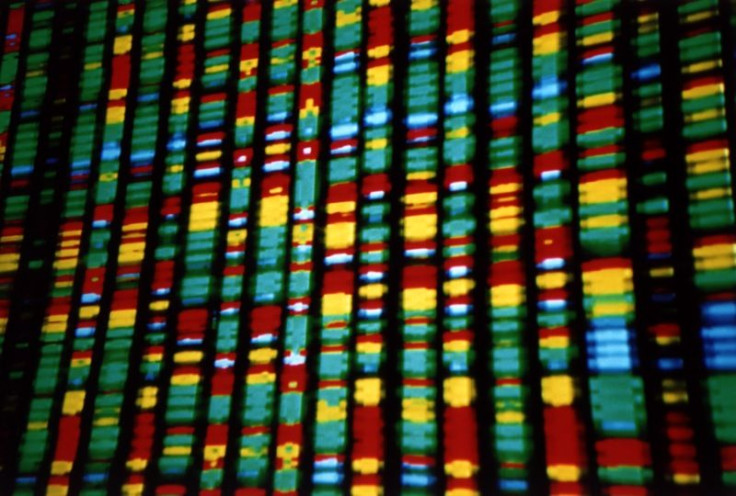What Causes Cerebral Palsy? New Research Suggests Genetics Play 'Much Stronger' Role Than Previously Thought

We've long-believed cerebral palsy (CP), the leading cause of physical disability among children, was a result of birth asphyxia or a stroke or an infection an infant sustains after birth. But a new study from Sick Kids Hospital in Canada and the Research Institute of the McGill University Health Center challenges this idea, suggesting there may be another major underlying cause of CP: genetics.
"Our research suggests that there is a much stronger genetic component to cerebral palsy than previously suspected," says Dr. Maryam Oskoui, a pediatric neurologist at The Montreal Children’s Hospital (MCH), in a recent press release. “How these genetic factors interplay with other established risk factors remains to be fully understood. For example, two newborns exposed to the same environmental stressors will often have very different outcomes. Our research suggests that our genes impart resilience, or conversely a susceptibility to injury."
CP is a very debilitating disease, delaying motor development and often causing children to develop epilepsy. That's in addition to other learning, speech, hearing and visual impairments. According to the study, two out of every thousand children born are diagnosed with CP, but the degree to which children are affected often varies; some children only have mild symptoms, while others cannot walk or communicate on their own.
As of now, the role genetics plays in the disease has been deemed "insignificant;" genetic testing is neither routinely done, nor recommended to patients. In the event children do receive genetic testing, it is done in the very few cases where other causes of CP cannot be determined.
To discover if and how CP is rooted in childrens' genes, researchers performed genetic tests on 115 children diagnosed with the disease, as well as their parents who were found to have many risk factors. Overall, researchers found an interesting coincidence: 10 percent of children examined had copy number variations (CNVs) affecting genes deemed to be clinically relevant. CNVs, which are found in less than one percent of people, are structural alterations within DNA that often manifest as deletions, additions, or reorganizations of genetic information. This is the main underlying cause of genetic disorders.
“When I showed the results to our clinical geneticists, initially they were floored,” says Dr. Stephen Scherer, director of The Centre for Applied Genomics (TCAG) at Sick Kids. "In light of the findings, we suggest that genomic analyses be integrated into the standard of practice for diagnostic assessment of cerebral palsy."
Furthermore, the study suggests many different genes are likely involved in the development of CP.
"It's a lot like autism, in that many different CNVs affecting different genes are involved which could possibly explain why the clinical presentations of both these conditions are so diverse," says Scherer. "Interestingly, the frequency of de novo, or new, CNVs identified in these patients with cerebral palsy is even more significant than some of the major CNV autism research from the last 10 years. We've opened many doors for new research into cerebral palsy."
According to Dr. Michael Sheveel, co-director of the Canadian Cerebral Palsy Registry and chair of the department of pediatrics at MCH, this study has provided us with vital information to guide the future of CP diagnosis and treatment.
"Parents want to know why their child has particular challenges. Finding a precise reason opens up multiple vistas related to understanding, specific treatment, prevention and rehabilitation,” he says. “This study will provide the impetus to make genetic testing a standard part of the comprehensive assessment of the child with cerebral palsy."
Source: Oskoui M, Scherer S, et al. Nature Communications. 2015.



























